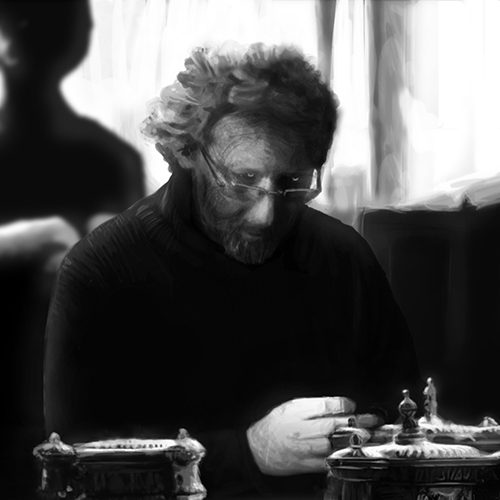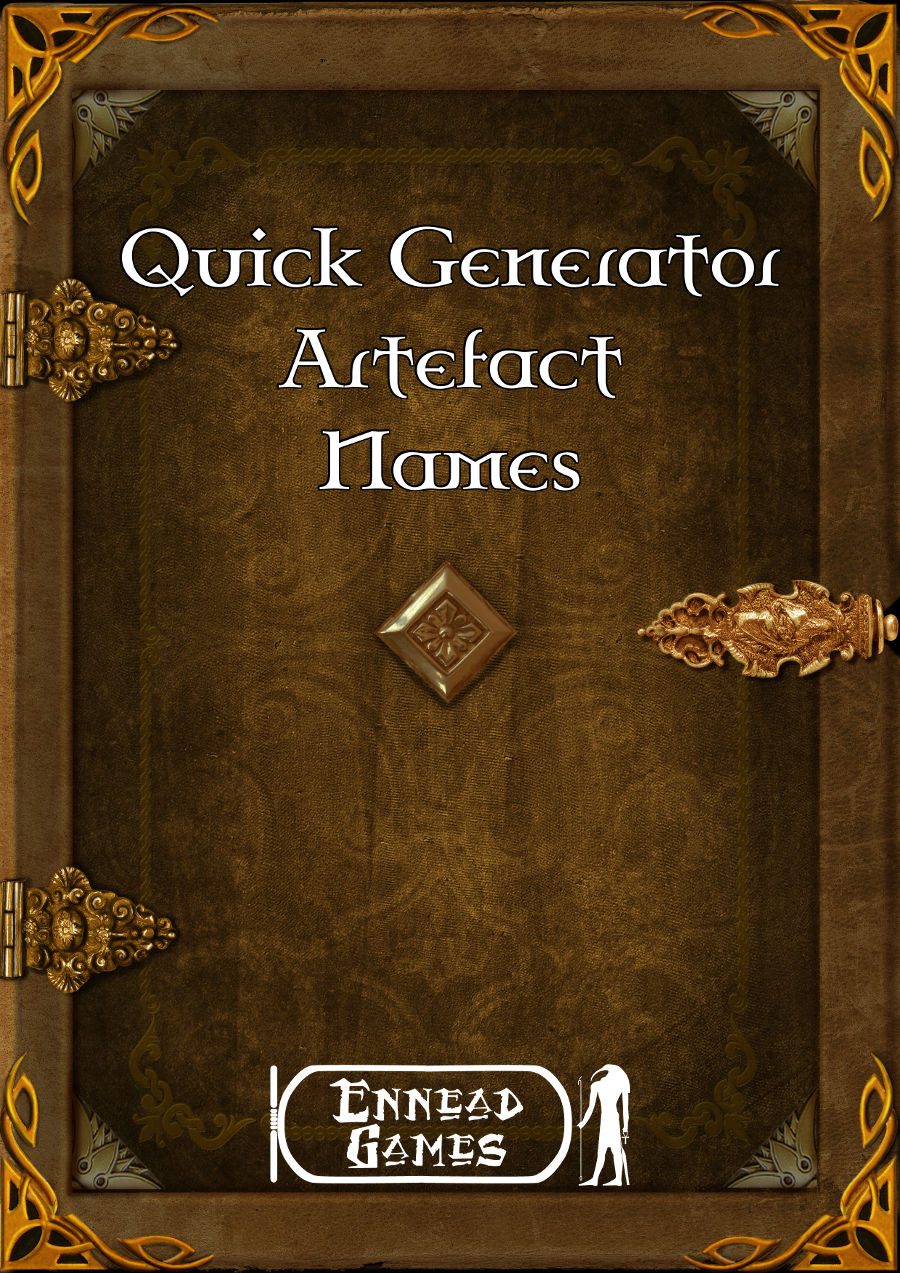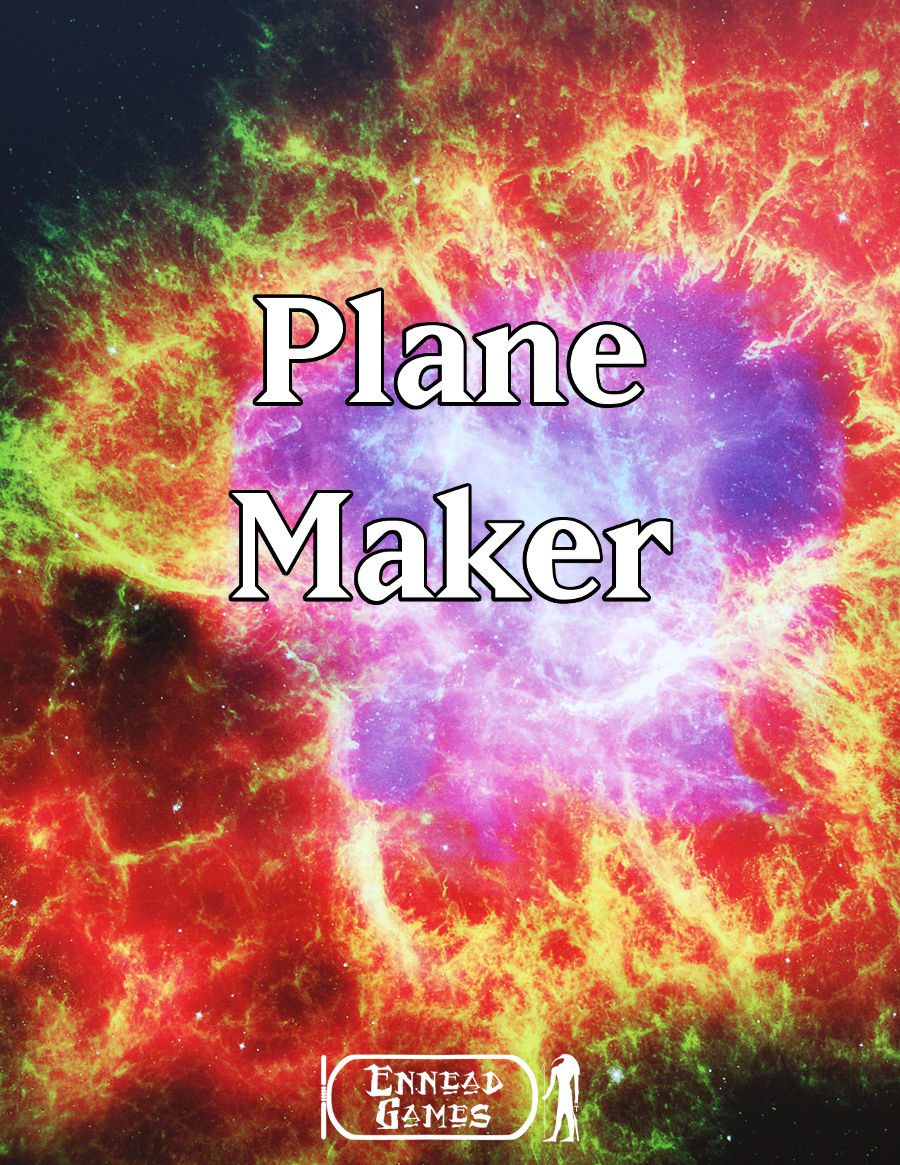
Friends & Neighbours: Empowering Relationships at the Table
Phil Nicholls blogs at Tales of a GM, where he writes about narrative gaming, faster prep and more story. He is currently running a HeroQuest Glorantha campaign in a home-brew setting. Phil has written for Johnn Four’s Roleplaying Tips newsletter and has a selection of self-published pdfs.
This essay is taken from the archives at Tales of a GM.
No Man is an Island,
Entire of Itself
John Donne
So many Heroes come to the table as if they were an island. I am sure we have all encountered orphan or loner characters. While a lone Hero may work in prose fiction, it is less engaging in the social environment of a roleplaying game. Most GMs prefer Heroes who are engaged with the setting. Not only does this encourage roleplaying, but it also gives the GM more avenues to smoothly introduce plot hooks.
What the GM needs is a way to provide value to the Player in having Relationships with other individuals in the setting. The best way to encourage a particular style of play is to have rules in place to enable and reward that style of play. Thus, to connect the “islands” in a game, there needs to be rules to encourage and facilitate such relationships. Rules found in Saga of the Icelanders bring relationships to life at the table.
The sage of Saga
Saga of the Icelanders is an RPG by Gregor Vuga, which I helped crowdfund on Indiegogo in 2012. Saga is a Powered by the Apocalypse game, and thus has a strong narrative foundation. The pdf is 179 pages long and includes details on setting, roles and advice on running a campaign set in Iceland during the Saga Period, roughly 875 to 1085.
Relationships
There is a lot that I like about Saga of the Icelanders, but it is the relationship rules I focus on here. The Saga rules explain the character’s Relationships as follows:
Each player must establish a few Relationships for their character at the start of the game, as determined by their rolebook [Editor; Dungeon World “class”]. Each Relationship determines your connection to one other character and will be the focus of your play for the next couple of sessions. Players can assign them either to characters belonging to other players or characters belonging to the MC [Editor; Master of Ceremonies, the GM in Saga of the Icelanders].
In general, Relationships belong into three categories: familial relationships (blood-relations, foster-relations, sworn-brotherhoods…), attitudes (love, hate, concern…) and social (geographical proximity, debts, business transactions…).
So far, so good. The breakdown of Relationships into the three categories is a helpful way to look at Relationships in a RPG. It should be noted that the category of “attitude” represents a relationship expressed as an attitude towards another person. “Lover of Theano”, or “Hates Icel” are good examples.
However, the best part of these rules revolves around how Gregor empowers the Players to use these interpersonal links. Saga of the Icelanders gives Players Bonds to the subject of their Relationships.
Bonded to your Relationships
The Bonds in Saga of the Icelanders are another example of the “bennies” that appear in other games. Namely, a limited resource given to the Players that can be used for a variety of effects as desired by the Players. This is such an excellent mechanic, as it empowers the Players and gives them more options for influencing the story.
The Bonds in Saga of the Icelanders facilitate Player input by enabling the Hero to know more about the people with whom they have a Relationship. A Player may hand in a Bond to learn one of the following;
- is your character speaking the truth?-
- what does your character wish I would do?
- what does your character intend to do?
- how does your character feel about this?
- how could I get your character to…?
Here is a simple, elegant way to bring the dynamics of a relationship to the table. Just as in real life, when we are closely linked to someone, such as a friend or a relative, we can make pretty fair guesses at the answers to those questions. This method brings those tools to the table.
Obviously, the Heroes only have Relationships with a small number of people. Thus, the impact of this system will be limited. But, for those individuals within the web of Relationships at the table, the Players have extra tools when interacting with them.
Impact at the Table
I am especially fond of the last question. This is a superb source of Player-led plots. The answer to the question of how a Player can persuade another character to do something should always be an interesting sub-quest. Even better, the instigating Player is going to be fully engaged with the sub-quest, as they were the one to set it in motion.
Indeed, the answers to any of the questions can enhance the game. In every case the Player has been given more information, and can thus make better choices. The Player is also drawn further into the setting as the characters learn more about the other people in the world.
Conclusion
Care should be taken to avoid this system becoming nothing more than a way for the GM to tell the Players what they should be doing. Nor should it be used to force the GM to reveal too many plot secrets. However, it is beneficial for the GM to have a smooth way to convey meta-information at the table.
It is a simple and elegant mechanic. You can tinker with the list of questions to better suit your setting, if desired. However, another method of empowering the Players, increasing collaboration and engaging the Heroes with the setting has to add value to your game.
How do you weave character relationships into your game? Are your Heroes rewarded for making educated guesses about their friends? Do your rules have a different mechanism? Share your thoughts with your fellow GMs in the comments below.
Happy Gaming
Phil
For more essays from Phil, and updates about his latest campaign, visit Tales of a GM.



